Cape Schanck Lighthouse
160 years of maritime heritage
Standing proudly since 1859, the Cape Schanck Lighthouse continues to guide ships through the challenging waters of Bass Strait.
Located on the traditional lands of the Bunurong People, this historic structure represents an important part of both maritime and cultural heritage. The lighthouse precinct is one of Victoria’s most significant maritime landmarks, combining natural beauty with historical significance.
The architectural significance
Rising 61 feet above the dramatic cliffs, this heritage listed structure demonstrates the exceptional craftsmanship of 19th-century architecture and showcases outstanding limestone construction that has withstood the test of time. The surrounding precinct includes the original lighthouse keeper quarters and a museum, offering insights into the daily operations of this maritime beacon.
Its architectural design reflects the colonial engineering prowess of the era, with each element carefully planned to withstand harsh coastal conditions. The sandstone steps leading to the lamp room remain in excellent condition, speaking to the quality of the original construction methods.
Natural wonders and geological features
The surrounding geology of the area presents remarkable volcanic features formed over millions of years with Pulpit Rock and Devil’s Desk a couple of prominent landmarks along the coastline, shaped by ancient geological processes. The rugged landscape tells a compelling story of natural forces that have shaped the Southern Peninsula.
The dramatic cliffs showcase layers of volcanic history, with each stratum revealing different periods of geological activity. The meeting point of Bass Strait and Western Port creates unique weather patterns that continue to shape the coastline.
Walking tracks and coastal views
The 2.6km Bushrangers Bay Track presents incredible coastal scenery with native orchids blooming along the trail during spring, adding splashes of colour to the natural environment. There are also several viewing platforms along the trail that provide excellent vantage points over the powerful ocean below.
The walking tracks offer varying levels of difficulty, with the boardwalk providing accessible paths to key viewing areas.
During migration seasons, the platforms become ideal spots for watching seabirds and marine life in their natural habitat.
The lighthouse heritage experience
The Cape Schanck Lighthouse precinct maintains its original character, with the heritage listed buildings creating an authentic historical atmosphere. The museum and former lighthouse keeper residence offer fascinating insights into maritime history.
From the lamp room, people can appreciate spectacular views across the Southern Peninsula and Bass Strait.
The precinct houses a collection of original equipment and documentation, providing context about the lighthouse’s crucial role in maritime safety. The preserved lighthouse keeper quarters illustrate the demanding lifestyle of those who maintained this important navigation aid.
The surrounding ecosystem supports diverse native flora and fauna. The coastal heath comes alive with wildflowers in spring, while the rocky platforms below showcase intertidal marine life. Local bird species make their homes in the coastal vegetation, adding to the natural symphony of the area.
Conclusion
The Cape Schanck Lighthouse stands as an enduring symbol of maritime heritage, combining historical significance with natural beauty. This remarkable structure continues to serve its original purpose while providing an enriching experience for those interested in both history and nature.
As it maintains its vigilant watch over Bass Strait, the lighthouse remains an important part of both the Bunurong Country landscape and Victoria’s maritime heritage.
The preservation of this heritage listed site ensures future generations can appreciate its historical significance and architectural excellence while experiencing the raw beauty of the Southern Peninsula coastline.
- DCIM100MEDIADJI_0286.JPG

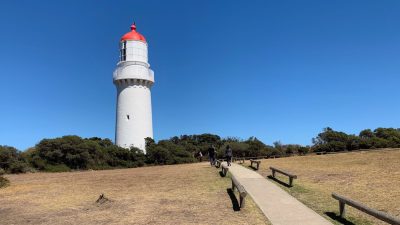
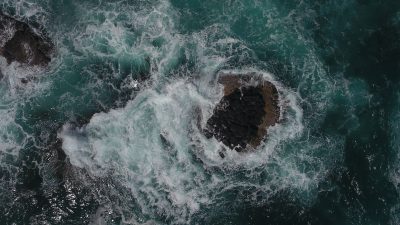
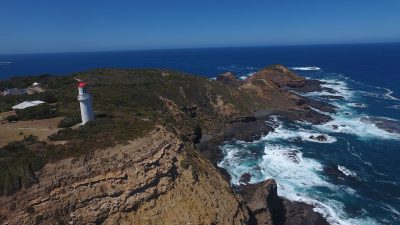
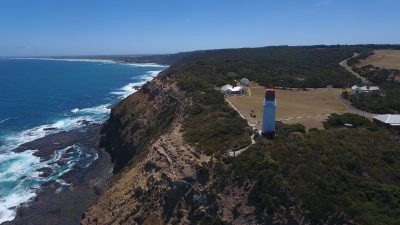
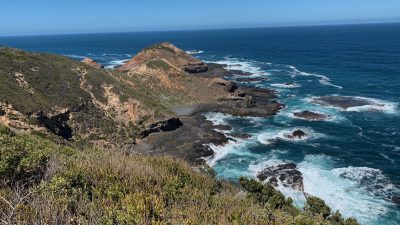
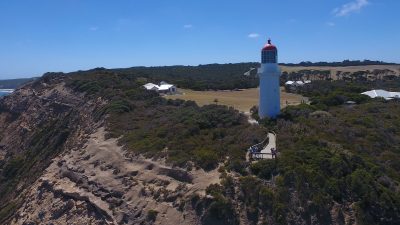
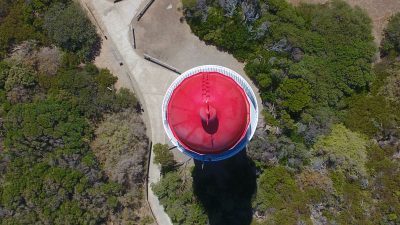
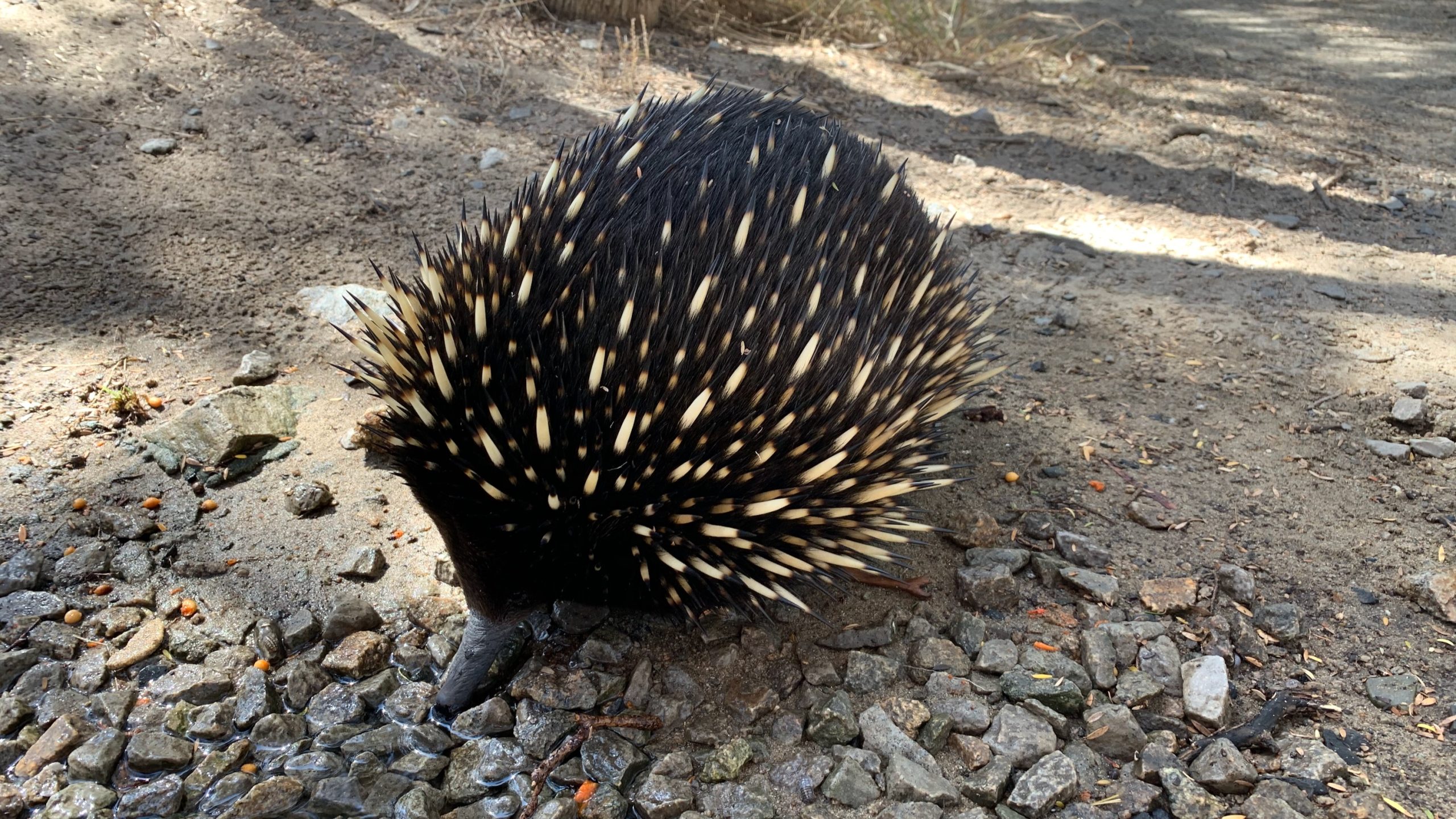
Leave A Comment